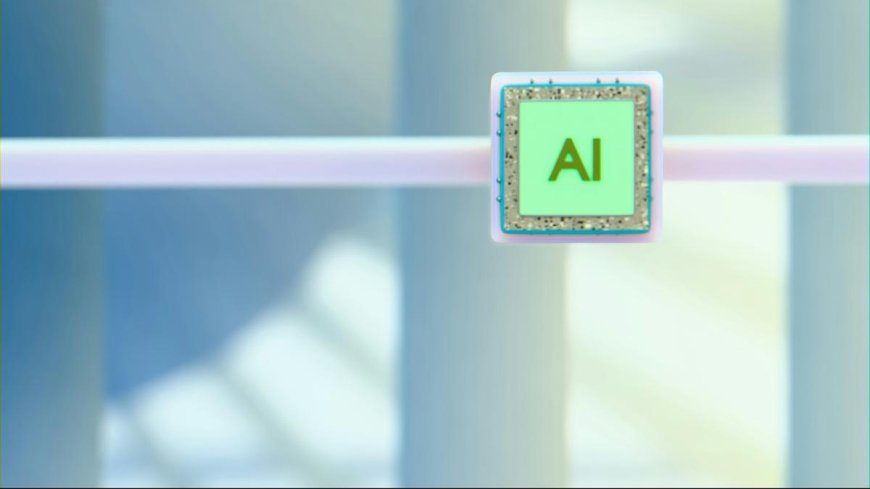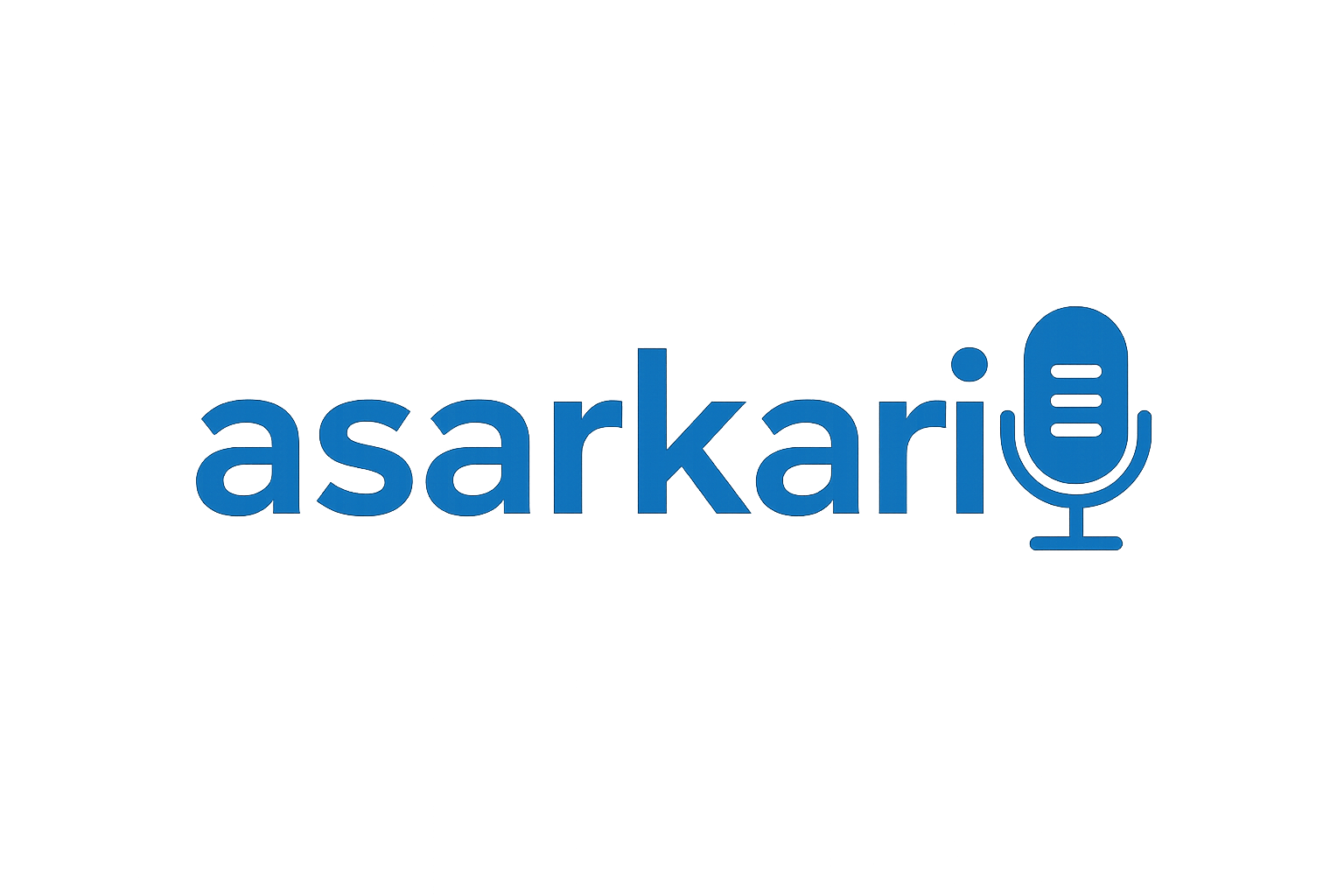Physics changed AI in the 20th century. Is AI returning the favour now?

Physics Changed AI in the 20th Century. Is AI Returning the Favor Now?
Breaking News, Daily Updates & Exclusive Stories - asarkari
In the 20th century, the realms of physics and artificial intelligence (AI) embarked on a revolutionary journey, transforming one another in unprecedented ways. Fast forward to today, it appears that AI may be ready to return the favor by influencing the fundamental fields of physics themselves. The mutual relationship between these two disciplines, once anchored in linear processes, is now evolving into a complex system where machine learning (ML) and advanced computational techniques are set to redefine the boundaries of scientific inquiry.
A Historical Perspective: Physics Meets AI
The interplay between physics and AI began in earnest amidst the rapid technological advancements characteristic of the 20th century. Theories relating to quantum mechanics and developments in statistical physics laid the groundwork for machine learning. Pioneering work by scientists such as Alan Turing, who is often regarded as the father of computer science, drew from physical theories to articulate models leading to the evolution of AI.
One of the pivotal transformations was the introduction of neural networks, heavily influenced by our understanding of the human brain's structure—an understanding rooted deeply in neurophysics. These mechanisms empowered computers to learn from data, tackle complex problems, and make predictions.
AI: A Game-Changer for Modern Physics
Today, we stand at a critical juncture where AI and ML technologies are being integrated into the various fields of physics. Researchers and physicists are increasingly employing AI-driven methodologies to resolve some of their most intricate problems. From particle physics, astrophysics, to condensed matter physics, the digital revolution is paving the way for unprecedented discoveries.
At this point in time, it seems like every subfield of physics will soon use AI and ML to help solve their toughest problems. For instance, AI-assisted simulations are used to analyze cosmic events, while ML algorithms sift through enormous datasets generated by experiments such as those at CERN or LIGO. Notably, the discovery of new particles or gravitational waves can hinge on the efficacy of these AI systems, showcasing their integral role in modern scientific endeavors.
The Road Ahead: Synergy Between AI and Physics
Looking forward, the collaboration between AI and physics appears poised to deepen as both sectors continue to evolve. The potential for AI to enhance experimental analysis and aid in theoretical physics presents an exciting landscape for researchers. By automating tedious tasks and uncovering patterns that might elude human observers, AI holds the promise of accelerating our comprehension of the universe.
Furthermore, as AI systems become more robust and sophisticated, they may enable scientists to formulate new theories, leading to advancements previously deemed impossible. This synergy reflects the essence of scientific exploration—an infinite loop of knowledge exchange that propels one field forward through the insights gleaned from another.
Conclusion: The Interconnected Future of Physics and AI
In conclusion, the historical interaction between physics and artificial intelligence has paved the way for a promising future where AI is not only fueling advancements in physics but may also lead to groundbreaking discoveries. As we continue to harness these technologies, the potential seems limitless. This dynamic duo, once reshaping each other in the last century, is now intricately linked in a grand dance of innovation. As researchers make strides in integrating AI into hardcore physics, the synergy could well be the key to unlocking deeper mysteries of nature.
For more updates, visit asarkari.com.
Keywords:
Physics, Artificial Intelligence, Machine Learning, Quantum Mechanics, Neural Networks, Particle Physics, Astrophysics, Scientific Discovery, Data Analysis, Theoretical PhysicsWhat's Your Reaction?
 Like
0
Like
0
 Dislike
0
Dislike
0
 Love
0
Love
0
 Funny
0
Funny
0
 Angry
0
Angry
0
 Sad
0
Sad
0
 Wow
0
Wow
0










































